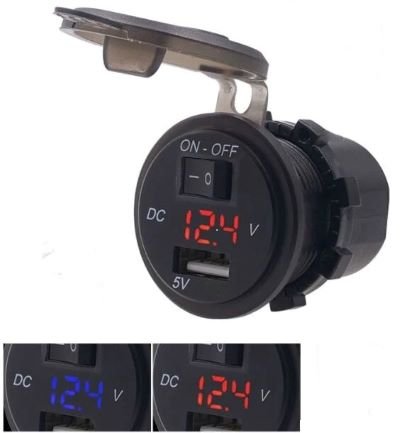rogerc60
Member
I have one similar to the top one mounted in the glove box cover of my 2003 RT, powered from one of the wires intended for the radio (which is not there). Mine doesn't have the power switch. It is powered unless I turn the key to the Lock position, which I almost never do (so the device is nearly always powered on). In the 2+ years I've had it on the bike it has not caused any noticeable battery drain.
That "waterproof" cover may not be perfectly water tight. The first such unit I installed on my bike was ruined within 6 months by water ingress. The replacement unit must have a better fit, because it's lasted for almost 2 years without problem.
That "waterproof" cover may not be perfectly water tight. The first such unit I installed on my bike was ruined within 6 months by water ingress. The replacement unit must have a better fit, because it's lasted for almost 2 years without problem.








